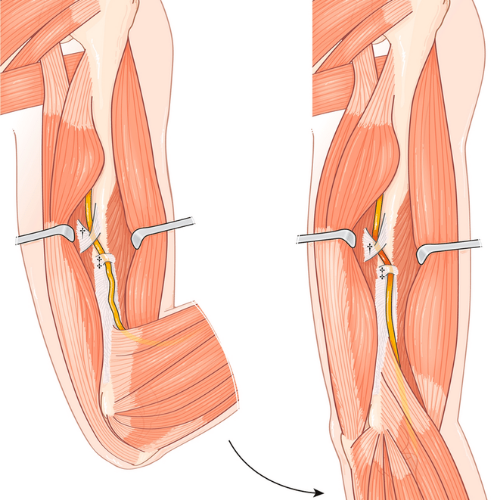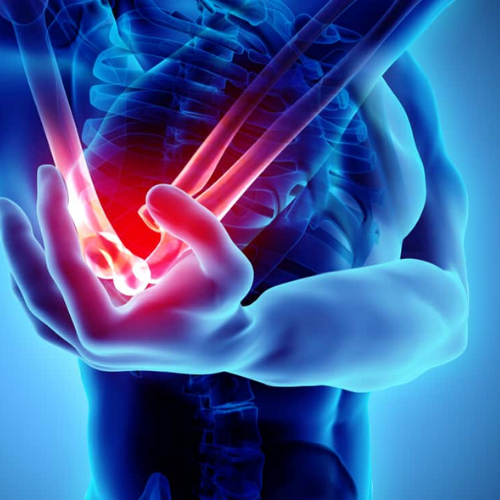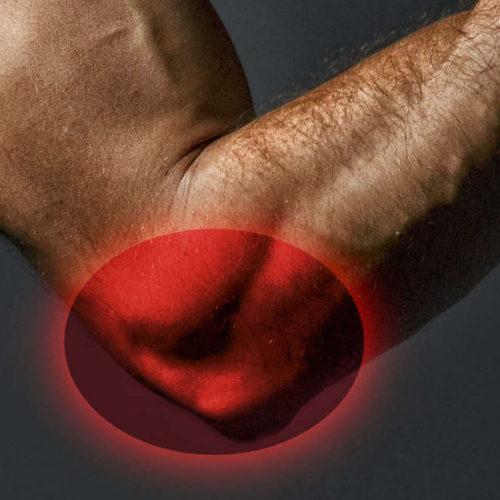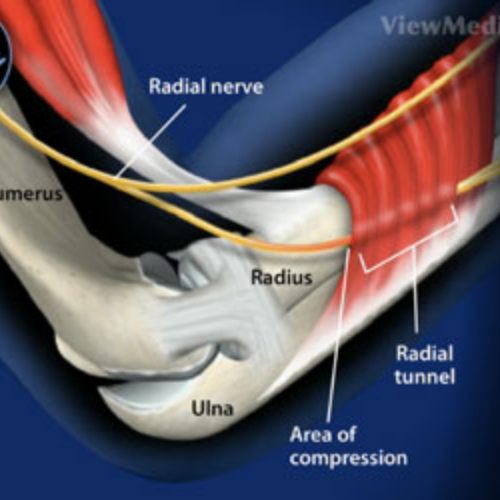Working Time
Working Time
Book Appointment
Book Appointment
+

The tennis elbow medically known as lateral epicondylitis, is a common condition characterised by pain and inflammation of the tendons that attach to the lateral epicondyle of the elbow. It typically occurs due to overuse or repetitive stress on the muscles and tendons of the forearm, leading to microtears and degeneration.
Symptoms of tennis elbow may include:
Treatment and management strategies for tennis elbow typically include:
Ultrasound-guided PRP injections are thought to stimulate tissue repair and regeneration, reduce inflammation, and promote healing of the damaged tendon. This can lead to pain relief and improved function in the affected elbow joint. PRP therapy is often used as a non-surgical treatment option for tennis elbow, particularly in cases where conservative measures such as rest, physical therapy, and anti-inflammatory medications have not provided sufficient relief.
Consultation with Dr. Tushar
Seek evaluation and guidance from Dr. Tushar, an orthopaedic specialist experienced in treating elbow conditions. Dr. Tushar can provide personalised recommendations and treatment options based on your specific needs and medical history.



